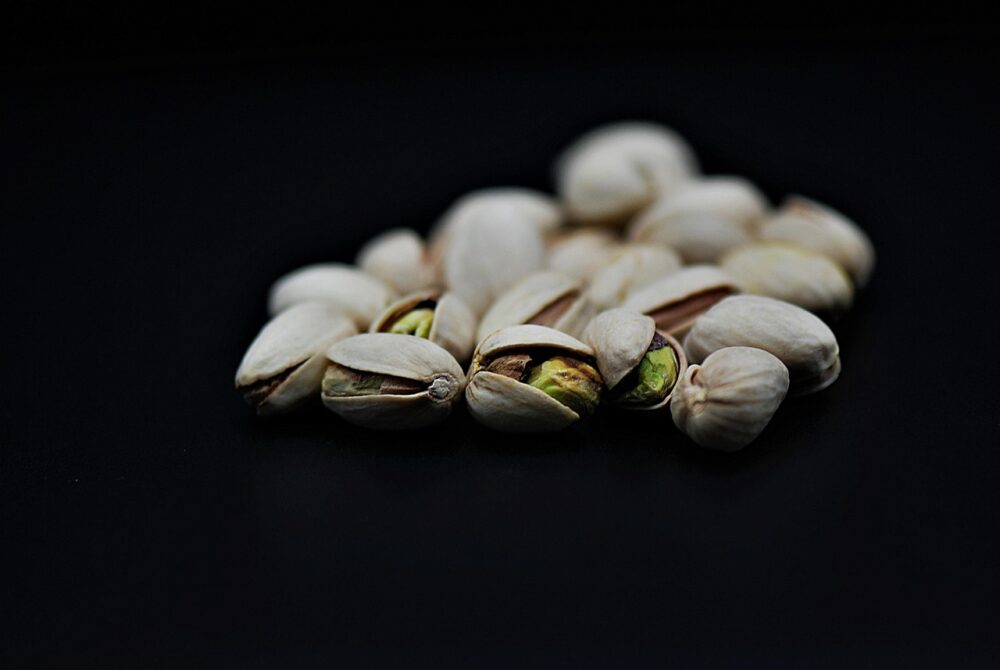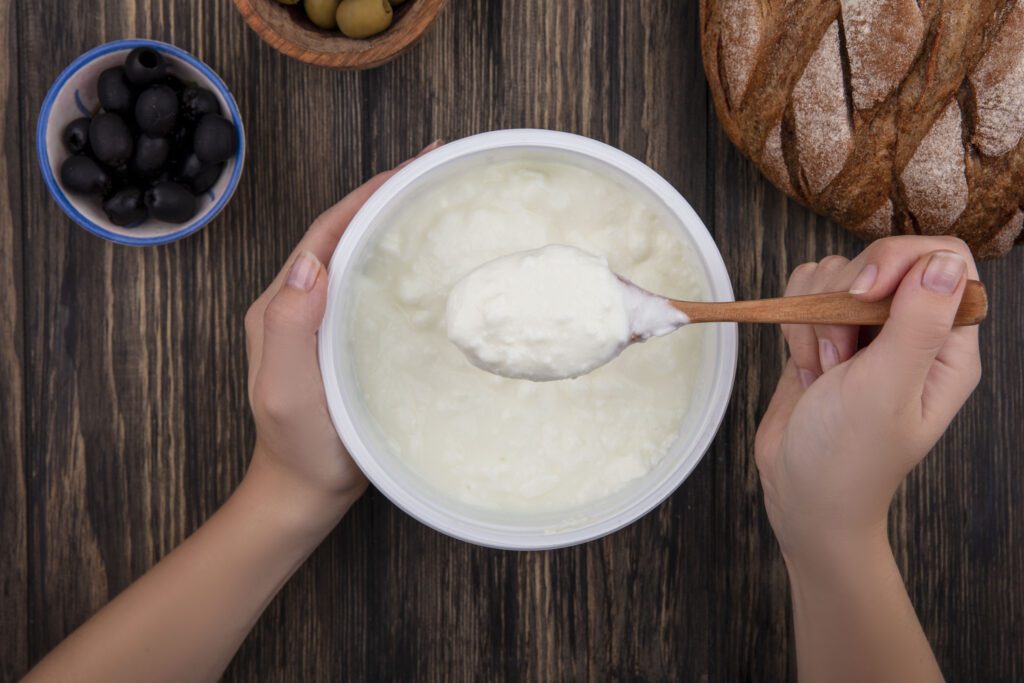Homemade Cereal (Cerelac) for Healthy & Growing Babies
Homemade Cereal (mostly know as Cerelac in few counties though it is a brand name) is not just a meal. It is a way to provide your baby with pure, preservative-free love and nourishment. With just a few simple grains and a little preparation, you can create a nutritious, affordable, and tasty food that helps your little one grow strong and healthy.
URSANS are passionate about everything that helps your little one thrive. While we love to provide you with the most adorable and comfortable baby girl’s clothes, we know that true growth starts from within. That is why we are diving into the world of nutrition today!
The journey from milk to solid foods is a huge milestone. As your baby grows, their body and mind needs more nutritious food. Starting at about six months, babies need more than just milk. They need complementary foods which is rich in nutrients. A popular first food of infant is cereal. Many parents reach for commercial cereal brands. But have you ever thought about making your own at Home?
Homemade baby cereal (cerelac) is a wonderful, cost-effective, and transparent alternative. You control exactly what goes into it, you can tailor it according to your baby’s taste and preferences, and it is free from preservatives and added sugar. It is a labor of love that nourishes your baby in the best possible way.
In this blog, we will share the benefits of homemade baby cereal, a simple recipe, parenting tips for your growing child. Our goal is to help your little one for wholesome foods and of course, to inspire you to explore the style with URSANS as we combine healthy feeding with adorable baby fashion!
When Can You Start Homemade Baby Cereal (Cerelac) ?
-
6 months onwards (when babies start solids).
-
Begin with single-grain cereal (cerelac) like rice or ragi.
-
Slowly introduce multi-grain cereal (cerelac) mix after 8 months.
- Introduce new foods slowly and check for any allergies.
How to make Cereal (Cerelac) at home?
1. Rice Cereal (Cerelac) for 6 Months
- Ingredients: ½ cup rice + 2 tbsp moong dal
-
Recipe:
-
Wash and dry rice & dal (split & skinned green gram)
-
Roast separately until golden.
-
Grind into a fine powder.
-
Store in an airtight jar.
-
Mix 1 tbsp powder with 5-6 tbsp of hot water or mix 1 cup of water, cook until looks like porridge.
-
2. Ragi Cereal (Cerelac) Finger Millet for 6 Months
-
Rich in Calcium and Iron for bone growth.
-
Recipe:
-
Wash & soak ragi overnight.
-
Dry, roast and grind into a fine powder.
-
Store in a jar.
-
Cook with water till smooth, add fruit or vegetable puree for better taste.
-
3. Oats & Wheat Cereal (Cerelac) for 7 Months
-
Ingredients: Oats, wheat and little bit of moong dal.
-
Recipe:
-
Roast all and grind into a fine powder.
-
Store in a jar.
-
Cook with water and you can also add mashed banana or apple puree.
-
4. Multigrain Cereal (Cerelac) for 8 Months
- This is the closest version to packaged Cereal (Cerelac).
-
Ingredients:
-
Rice – ½ cup
-
Wheat – ½ cup
-
Ragi flour – ¼ cup
-
Green gram (moong dal) – ¼ cup
-
Black gram (urad dal) – 2 tbsp
-
Bengal gram (chana dal) – 2 tbsp
- Oats – ½ cup
-
Corn – 2 tbsp
-
Almonds – 5–6 (optional, after 8 months)
-
-
Recipe:
-
Wash and sun-dry all grains.
-
Roast each grain separately until it looks golden.
-
Grind into a fine powder.
-
Store in airtight container for up to 2 months.
-
Take 2 tbsp mix + 1 cup of water, cook till it is creamy.
-

4. Multigrain Cereal (Cerelac) for 1 Year
A healthiest version of giving all the nutrients.
-
Ingredients:
-
Foxnut (makhana) – 1 cup
-
Roasted gram (bhuna chana) – 2 cup
-
Peanut or Groundnut seeds (mungfali) – 1 cup
-
Pumpkin seed (kaddu k beej) – 1 tbsp
-
Flax seed (alsi k beej) – 1 tbsp
-
Sunflower seed (Surajmukhi k beej) – 1 tbsp
-
Dry fruits (almond, cashew and walnut) – 1 cup
- Puffed rice (murmure) – 2/3 cup
- Wheat and Ragi Flour – 2/3 cup
- Raisin or Date (optional for sweetness) – 1 tbsp
- Roast separately all the ingredients in homemade or packed desi ghee.
- Grind into a fine power and store it in airtight container for long term use.
- Add vegetables or fruits for a change.
- Serve in a hot water and mix until a creamy texture.
-
I personally use this one for my little from 8 months, later on I added seeds. Every evening my baby loves to eat this cereal (cerelac) after a nap.
I also write a blog about Healthy Rotis for Kids
Parenting Tips to feed Homemade Cereal (Cerelac)
Here are some parenting tips to feed homemade Cereal (Cerelac) safely and nutritiously:
-
Offer Variety of Foods: Along with cereal, introduce other first foods like pureed fruits, vegetables, and soft proteins (meat, beans, yogurt) by 7–8 months.
-
Rotate grains: Instead of only rice, try oats, barley, or mixed-grain.
-
Focus on Iron: Ensure your baby’s diet is loaded with iron-rich food. Pair these with a vitamin-C rich fruit (like mashed orange or mango) to help iron absorption.

-
Introduce Foods One at a Time: When offering any new food, give single ingredients (e.g. carrot puree by itself) and wait 3–5 days before adding another. This helps you spot any allergic reactions like nuts and eggs can be introduced early but watch carefully for allergies.
-
Texture and Thickness: Start with very smooth, thin porridge. You can gradually thicken it as your baby learns to swallow. Mashing or pureeing foods smoothly and advancing to lumpier textures over time. Always feed slowly, small spoonful’s, watching for choking.
-
No Added Sugar or Salt: Babies under 1 year should not have added salt or sweetener. Homemade cereal naturally tastes slightly sweet from roasted grains, so there is no need to add anything sweet like sugar or salt. And remember: never give honey to a baby under 12 months (risk of infant botulism).
-
Continue Breastfeeding/Formula: Keep breastfeeding or formula feeding through the first year (even after starting solids). It is always healthy for the baby. The WHO and pediatric guidelines emphasize that complementary foods supplement breastmilk, not replace it, for the first 12 months.
-
Hygiene: Always use clean utensils and freshly boiled water when preparing cereal. Cool the food to lukewarm before feeding.
By following these tips, you are ensuring each spoon is both safe and nutritious.
Why Choose Homemade Baby Cereal (Cerelac)?
Commercial baby cereals are convenient, but they can hide unwanted ingredients. For example, Nestlé’s Cerelac products in some countries have been found to contain significant added sugar mentioned in timesofindia.indiatimes.com. Recent reports note that popular Cerelac cereals sold in India average about 3 grams of added sugar per serving, whereas the same products sold in Europe have none. Health experts warn that added sugar in infant foods can create unhealthy taste preferences and contribute to obesity later on. In contrast, homemade cereal uses only natural ingredients – you control exactly what goes in.
Advantages of homemade baby cereal (cerelac):
-
No Hidden Additives: You skip all added sugar, salt, or preservatives.
-
Nutrient Control: You decide the mix of grains, lentils, and nuts, boosting vitamins and minerals naturally.
-
Customizable: If your baby has allergies or preferences, you can omit or substitute ingredients (use gluten-free grains, or avoid nuts for under 1 year old).
-
Cost-Effective and Fresh: Whole ingredients (rice, pulses) are often cheaper by volume and can be stored for months. Plus, cooking from scratch preserves freshness.
Nutritional Benefits of Homemade Cereal (Cerelac)
A well-balanced homemade Cereal (cerelac) mix supplies many key nutrients. Because it is made from whole ingredients, you can pack it with iron, protein, fiber, healthy fats, vitamins and minerals:
-
Complex Carbohydrates: Grains like rice and broken wheat (dalia) provide energy and fiber. They are gentle on tiny tummies and help with healthy digestion.
-
Protein & Iron: Lentils and pulses (yellow moong dal, masoor dal, urad dal, horse gram) are rich in protein and non-heme iron. Iron is crucial for brain development and blood health in infants. In fact, CDC notes that beans and lentils are important iron sources for growing babies. Pairing these with vitamin C (squeeze of fruit juice) boosts iron absorption.
-
Healthy Fats: Nuts (almonds or cashews, ground into powder) add healthy fats, calories, and nutrients such as vitamin E. These fats support brain development and give growing babies extra energy. Always crush or soak nuts thoroughly for safety.
-
Natural Vitamins and Minerals: You can optionally mix in small amounts of dried fruits (dates and raisins) or powders (banana powder and pumpkin) to add potassium, vitamin A/C, and natural sweetness. Just puree these well to avoid any choking hazard. Avoid honey entirely until after 1 year.
By contrast, store cereals (cerelacs) are often fortified with iron and vitamins, but homemade’s advantage is whole-food nutrition. For example, Healthline notes an iron-fortified baby cereal (cerelac)can supply ~100% of daily iron needs, but our homemade mix achieves iron through legumes and grains combined. At the same time, homemade avoids over-processing. It is high in fiber and lower in sugar and salt. A diverse grain mix even helps avoid too much arsenic from rice, while naturally providing nutrients like zinc and magnesium.
In short, a homemade Cereal (Cerelac) powder combines the benefits of several foods in one: iron-rich pulses, energy-giving grains, and nutrient-dense nuts. This all-in-one mix helps fill the nutrient gaps in a baby’s diet and supports healthy gro



